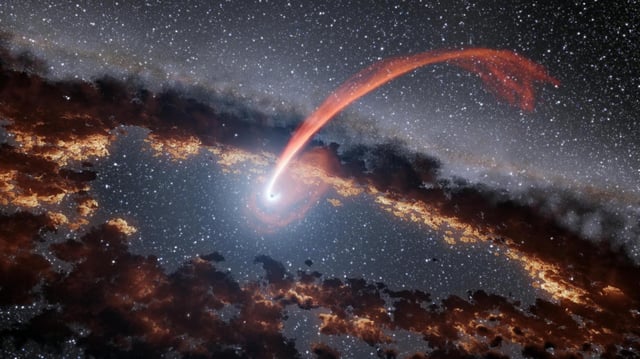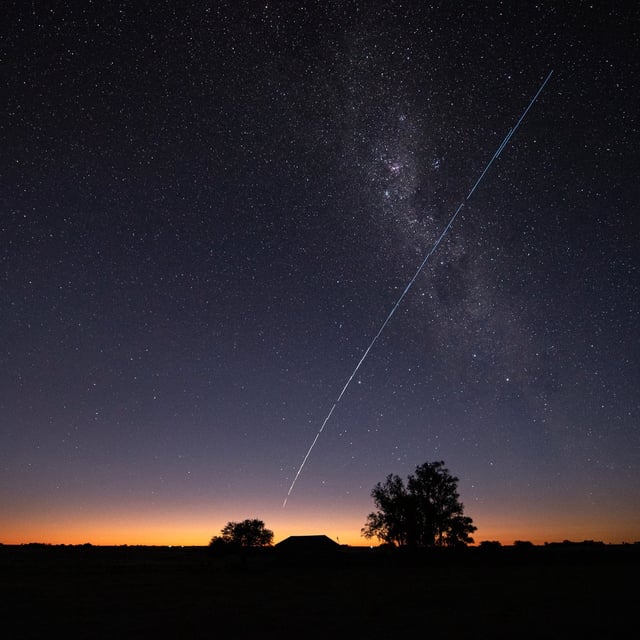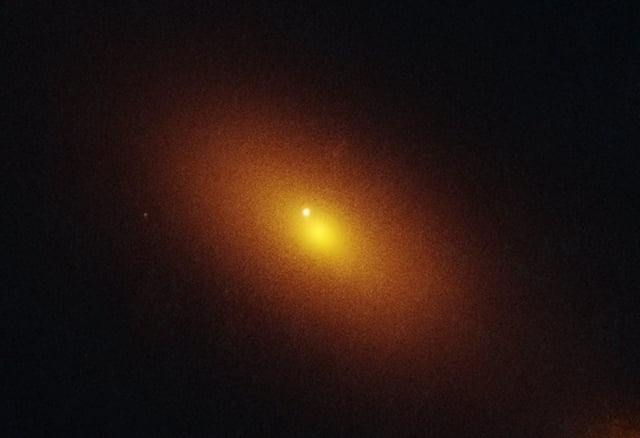Overview
- Researchers have confirmed three extreme nuclear transients by analyzing space- and ground-based observations of stars three to ten times the Sun’s mass being torn apart by supermassive black holes.
- These events achieve brightnesses nearly ten times those of typical tidal disruptions and have radiated up to 25 times more energy than the strongest known supernovae.
- Each flare remains luminous for months to years and occurs at least ten million times less frequently than supernovae, making ENTs both rare and long-lasting.
- Because ENTs shine so brightly, they reveal otherwise hidden black holes and enable studies of black hole feeding and galaxy evolution during key epochs such as cosmic noon.
- With its infrared capabilities and wide field of view, the Nancy Grace Roman Space Telescope is expected to discover many more ENTs, possibly reaching back to events from 12 billion years ago.



